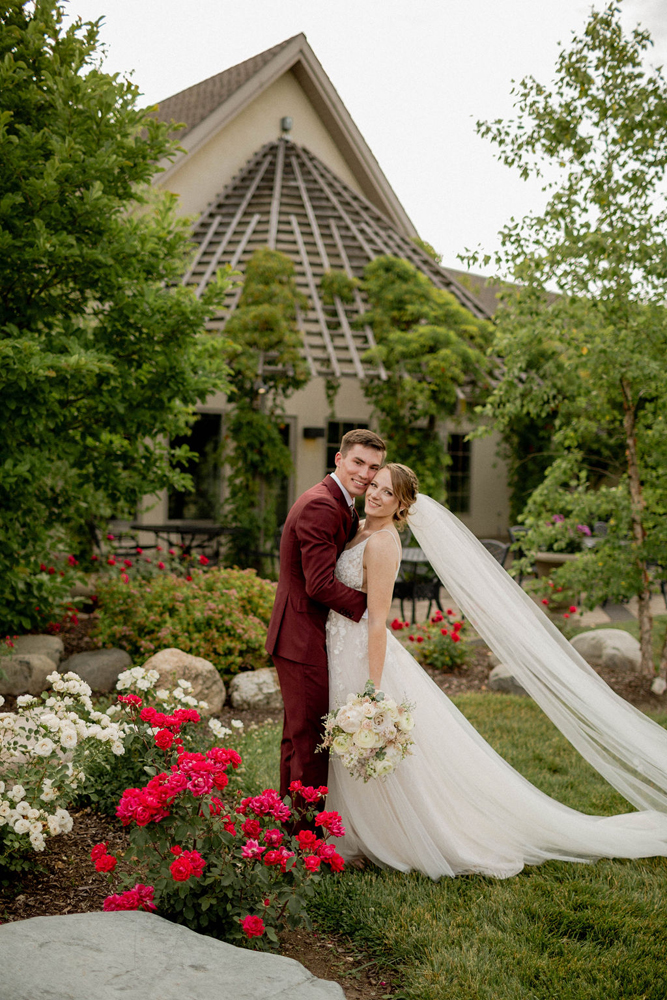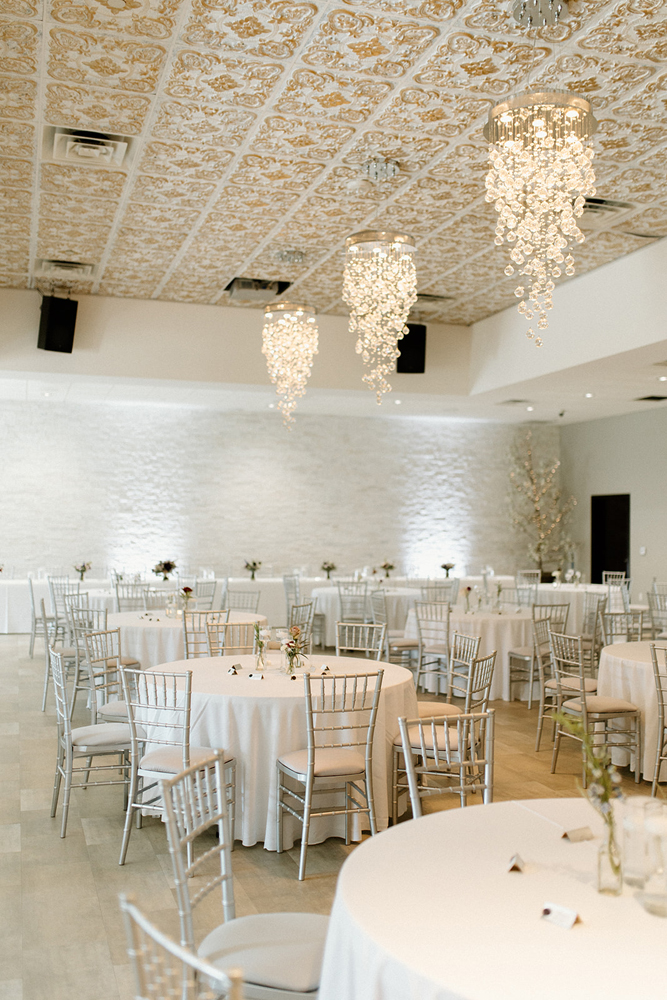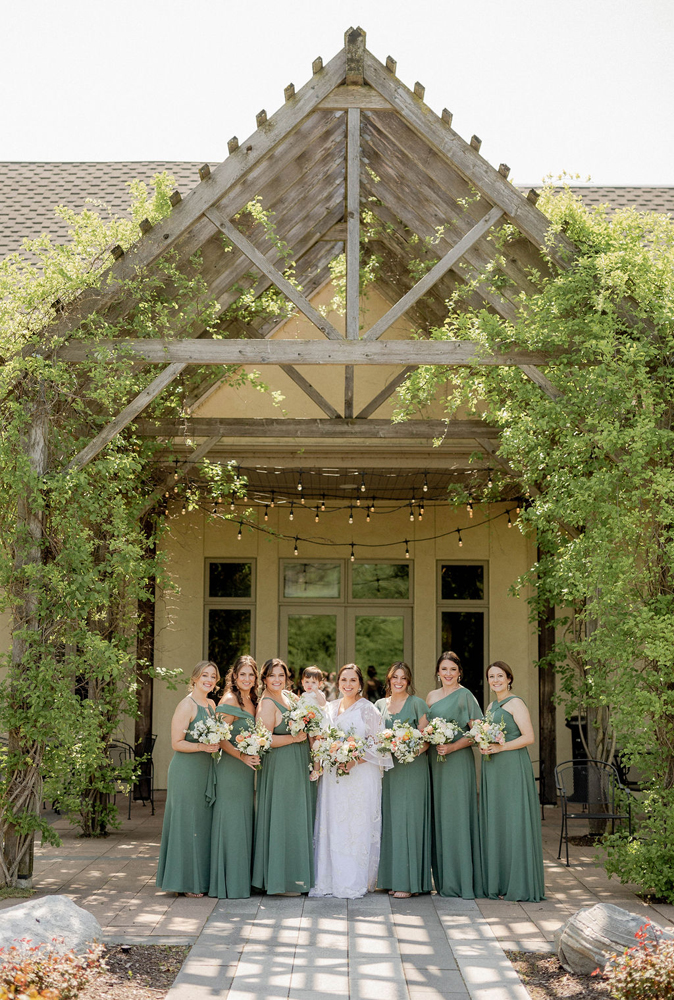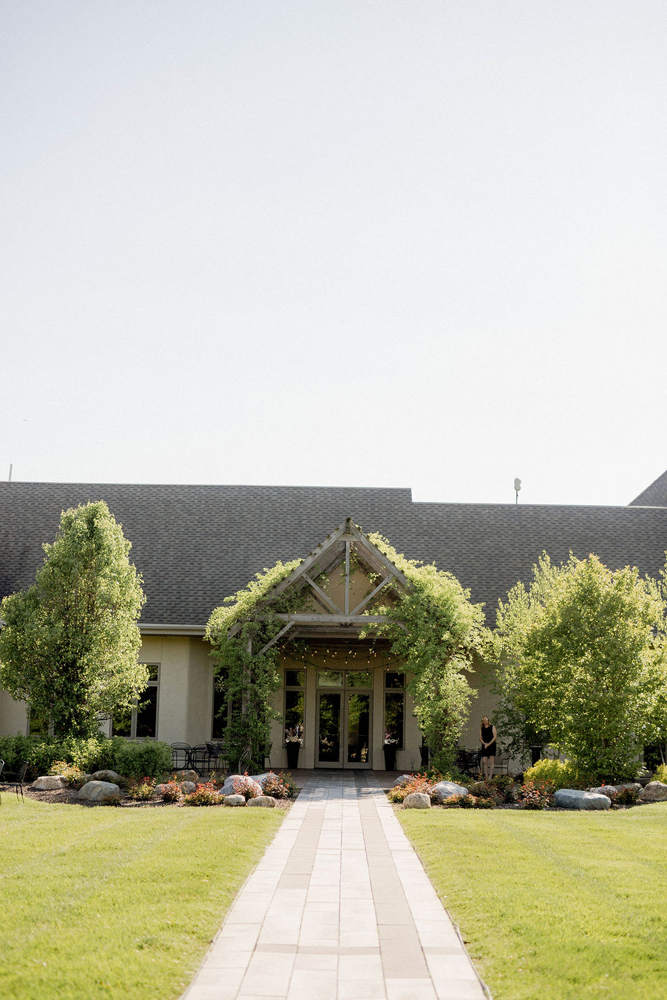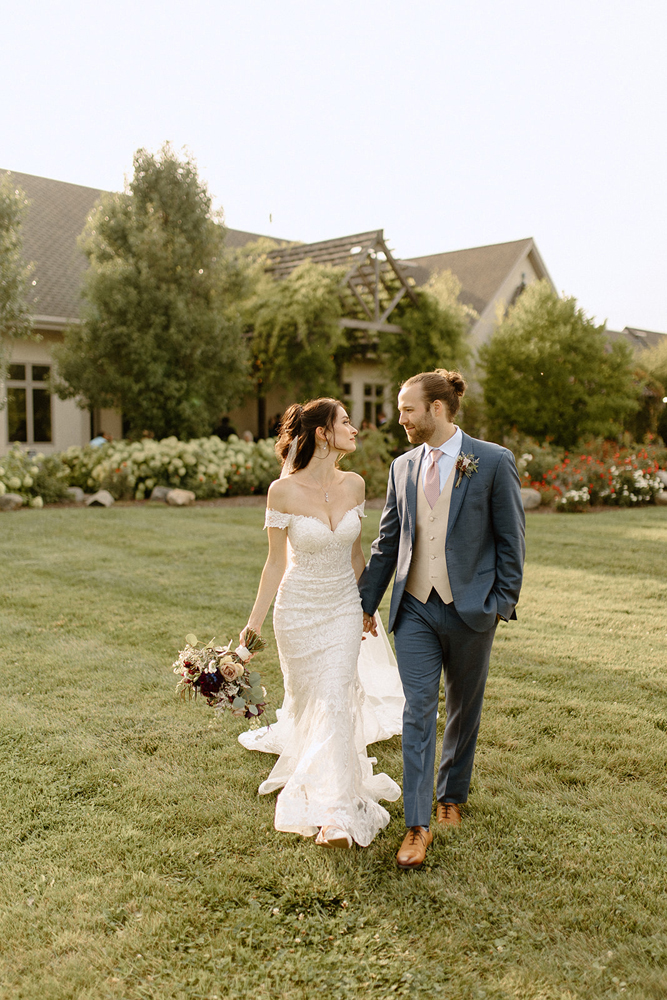Talking about money may not generate the warm, fuzzies you were expecting during wedding season, but it is one of the first (and most important) steps to wedding planning. And its something you just can’t avoid. As you get closer to your “I do” date, RiverStone is here to help ensure you aren’t looking at a bank account that says, “I don’t.” Check out these tools for creating a workable budget and putting yourself back in the driver’s seat when it comes to your finances. The rest of your wedding planning decisions are depending on it!
Start by determining who’s footing the bill. Are parents or other family members contributing? Will you and your fiancé be covering the wedding expenses on your own? Or will it be a combination of the two? There’s not a right or wrong way to answer this question, but determining where the money is coming from is the first step to setting your budget.
Now it’s time to start crunching the numbers. Take a look at your monthly income and expenses. Then determine what you and your fiancé can reasonably afford to spend and still live comfortably.
It’s important that you protect your standard of living during your engagement. There will be plenty of stress associated with this season of life, and investing in day-to-day self-care is part of prioritizing real life responsibilities and setting expectations that will be sustainable for the two of you after you get married. If you’re living under tremendous financial strain in order to afford your wedding, your relationship is going to feel the impact. So be honest and be good to each other as you work through this process.
Once the two of you have agreed on a ballpark budget and have taken any outside financial help into account, you’re ready to begin breaking down your wedding expenses. It’s a good idea to determine what percentage of your budget you are willing to spend on your biggest expenses first. And we suggest you do so before you start shopping for vendors. That way, you will be equipped to speak with your wedding professionals about their packages and any budget friendly options they might offer.
Here’s a suggested wedding budget breakdown for you to consider:
Note: Don’t forget to leave room for gratuities. For more info about how to tip your vendors, check out
It may feel like every expense is equally important, and you aren’t sure how you could possibly part with anything on your wedding wish list. If this sounds like you, it might be helpful to sit down and make a list of your negotiable and non-negotiable items. This will ultimately help you prioritize your spending as you get closer to tying the knot, knowing that making those hard decisions now will absolutely pay off in the long run. Good luck and happy planning!
For questions or to book a tour with RiverStone, click here. We are passionate about turning wedding dreams into realities and would love to speak with you today!
